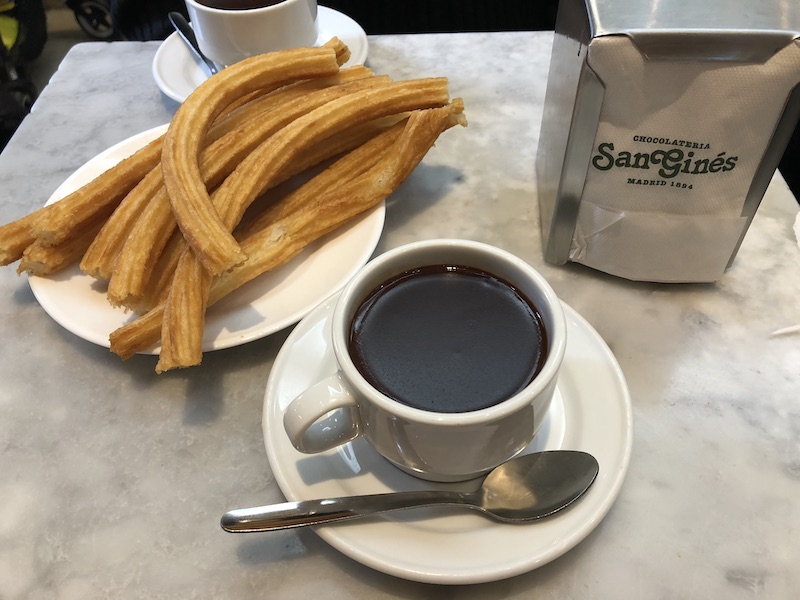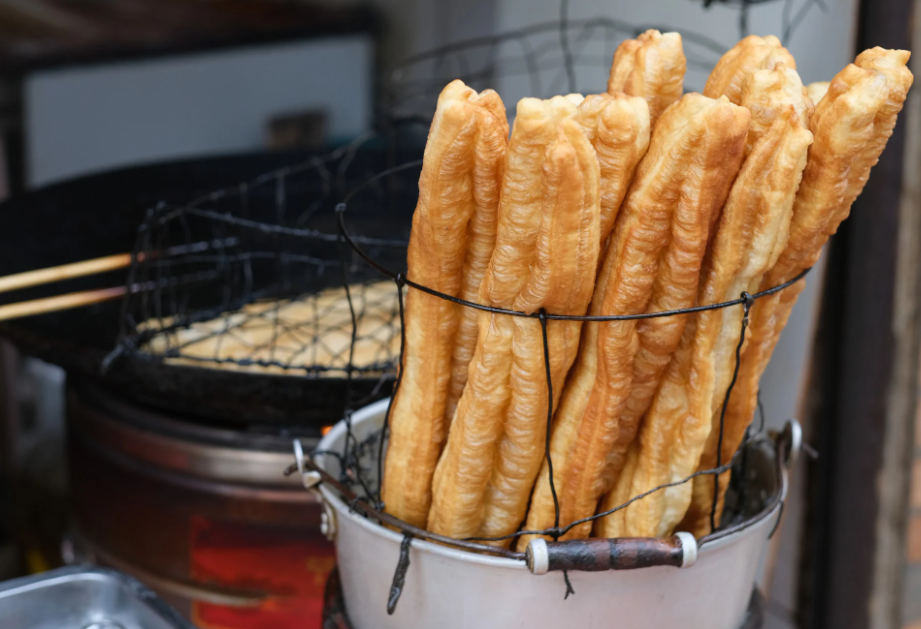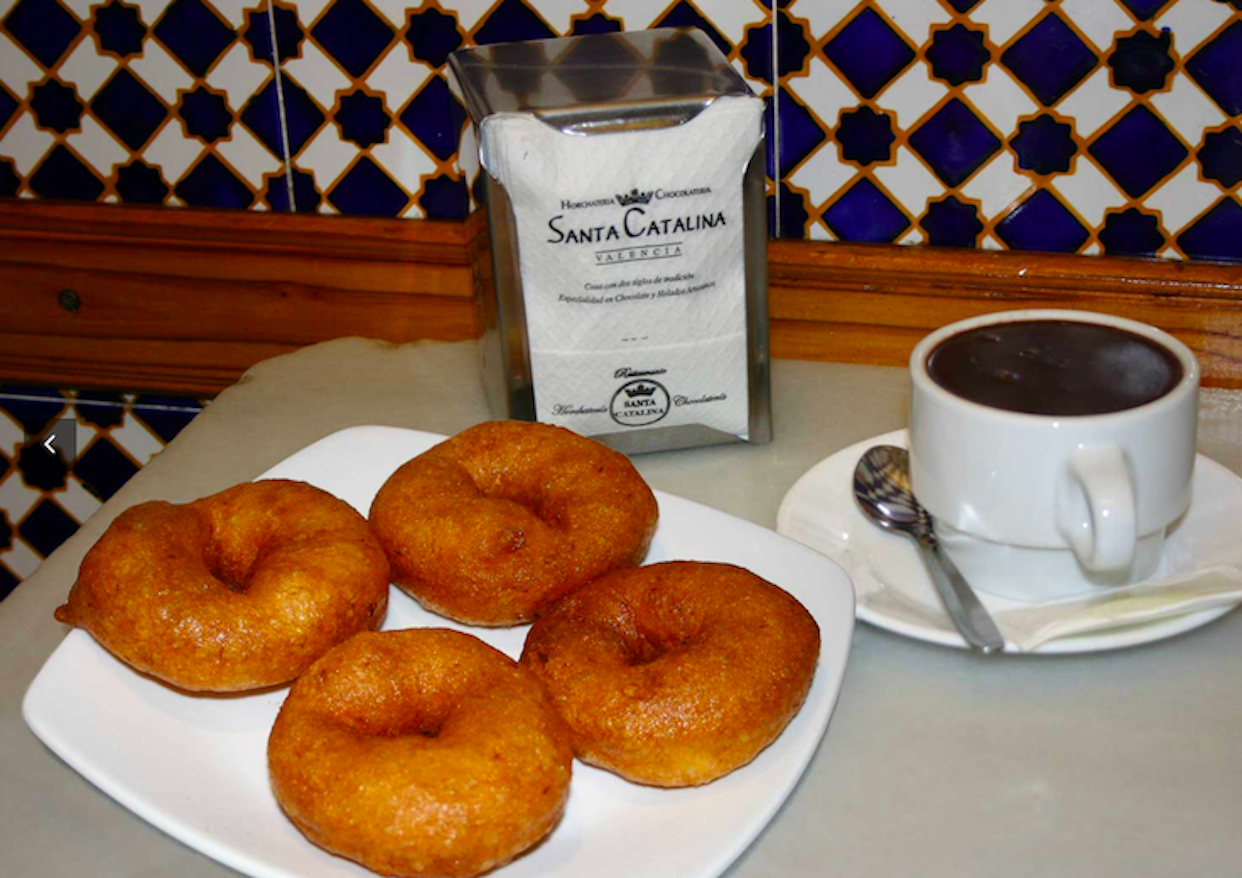
Spain has bestowed upon the culinary world a plethora of favoured dishes. Among them, the churro, a unique doughy delight enjoyed widely across Spain and the world, stands tall. Typically savoured at breakfast or as dessert, often paired with hot chocolate, churros have warmed hearts and homes and merited many queries about their genesis.
 The genesis of churros is wrapped in a shroud of mystery and is subject to various theories. Some believe that churros can be traced back to Portugal and Spain's merchants who encountered 'youtiao,' a similar fried dough breakfast treat during their expedition to the East, China to be specific. Intrigued by the concept, the merchants introduced it to their homeland, adding their unique twist in shaping the recipe into the churros we know today.
The genesis of churros is wrapped in a shroud of mystery and is subject to various theories. Some believe that churros can be traced back to Portugal and Spain's merchants who encountered 'youtiao,' a similar fried dough breakfast treat during their expedition to the East, China to be specific. Intrigued by the concept, the merchants introduced it to their homeland, adding their unique twist in shaping the recipe into the churros we know today.
An alternate popular theory suggests Spanish shepherds residing in mountainous terrains as the creators of churros. The lack of lush pastures and remoteness from bakeries prompted these shepherds to cook a doughnut-style food over the campfire. The carefully piped dough was easy to prepare and provided a meals-on-the-go option for the nomadic lives of the shepherds. Some conjecture even suggests that 'churro' derives its name from 'Churra,' a breed of sheep whose horns the churros were made to resemble.
Adding another layer to the theories floating around, culinary historian Michael Krondl argues that even if the Chinese fusion theory can be considered, the churro must have been a form of evolution of the 'buñelos,' a deep-fried dough ball popular within the Arab Andalusian cuisine during their rule in Spain. This variety of fried dough has been commonplace in Mediterranean culture since Roman times.

No matter where they came from, churros have solidified their place within Spanish culture for centuries, evolving into slightly sweetened, crunchy treats you could find around the clock. Churros in Spain are typically had during breakfast, dusted with sugar and served with a thick hot chocolate.
Spain's various regions have their spin on the plain churro. In Andalusia, you'll find 'calentitos,' while in Catalonia 'xurros' are thinner, often knotted. Churros made their way from Spain and were twisted to local tastes globally as they became increasingly popular. You could find churros filled with different desserts such as dulce de leche, cajeta or caramel made from goat's milk in Mexico, and fruit fillings in Cuba. Argentina offers churros filled with chocolate, vanilla, or café con leche.
The exact origin narrative of Spanish churros remains slightly blurred across history, subjected to numerous social, and cultural integrations. But their worldwide popularity is proof of their appeal and gastronomical wonder. Whether savoured on Spanish streets or at hometown fairs, their location seldom matters. The joy that the soft-on-the-inside and crunchy-on-the-outside brings is universally shared.